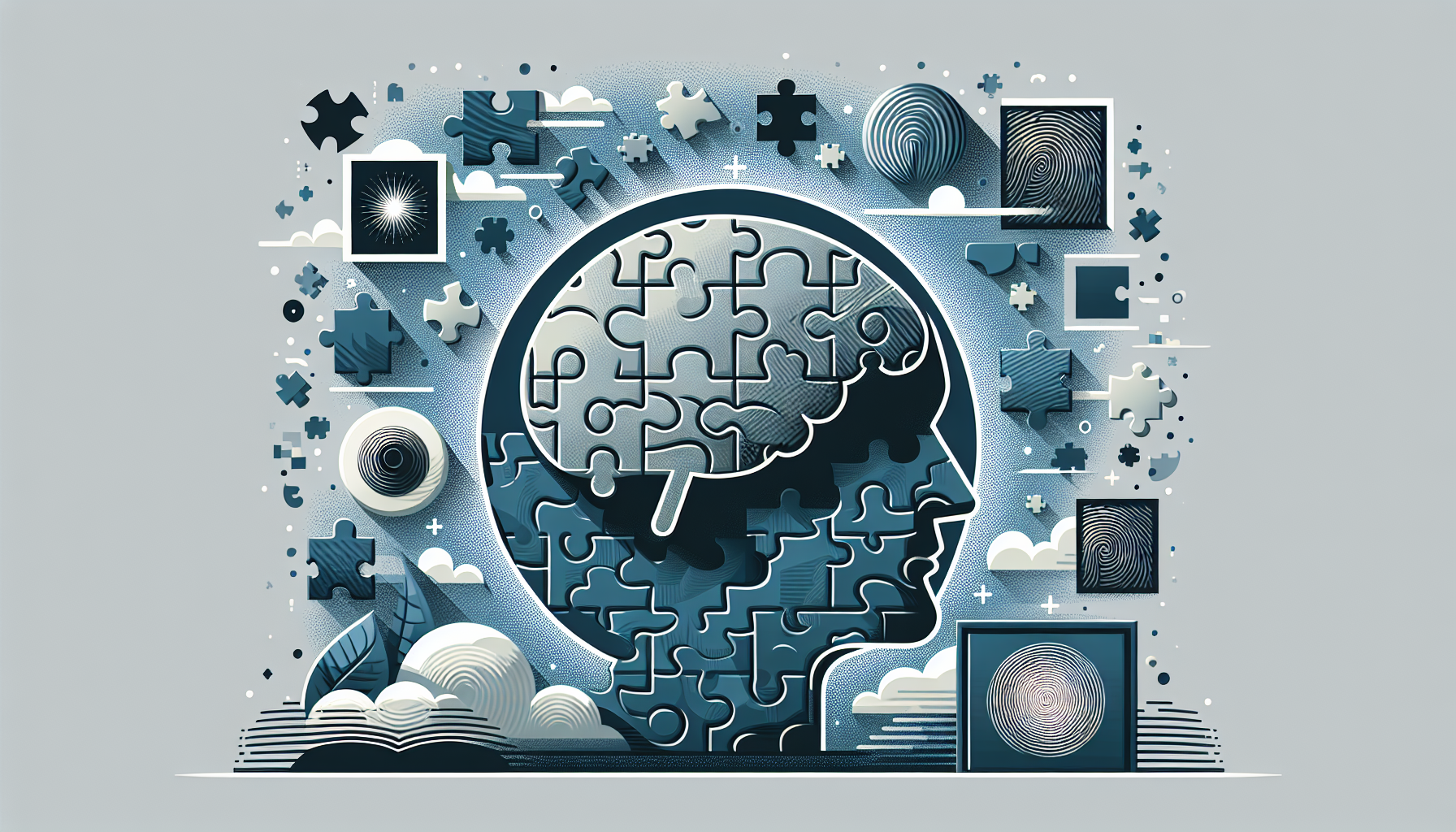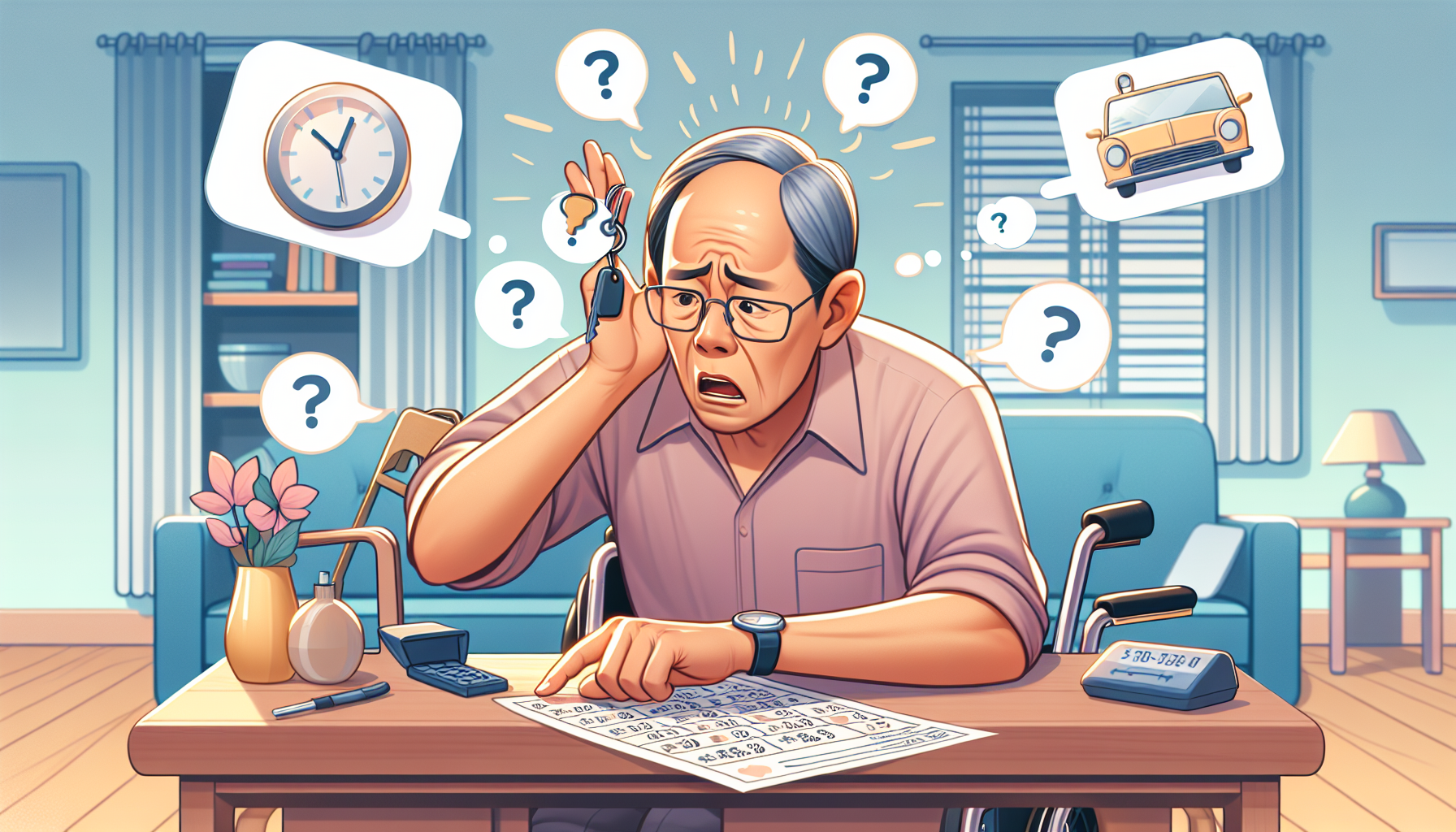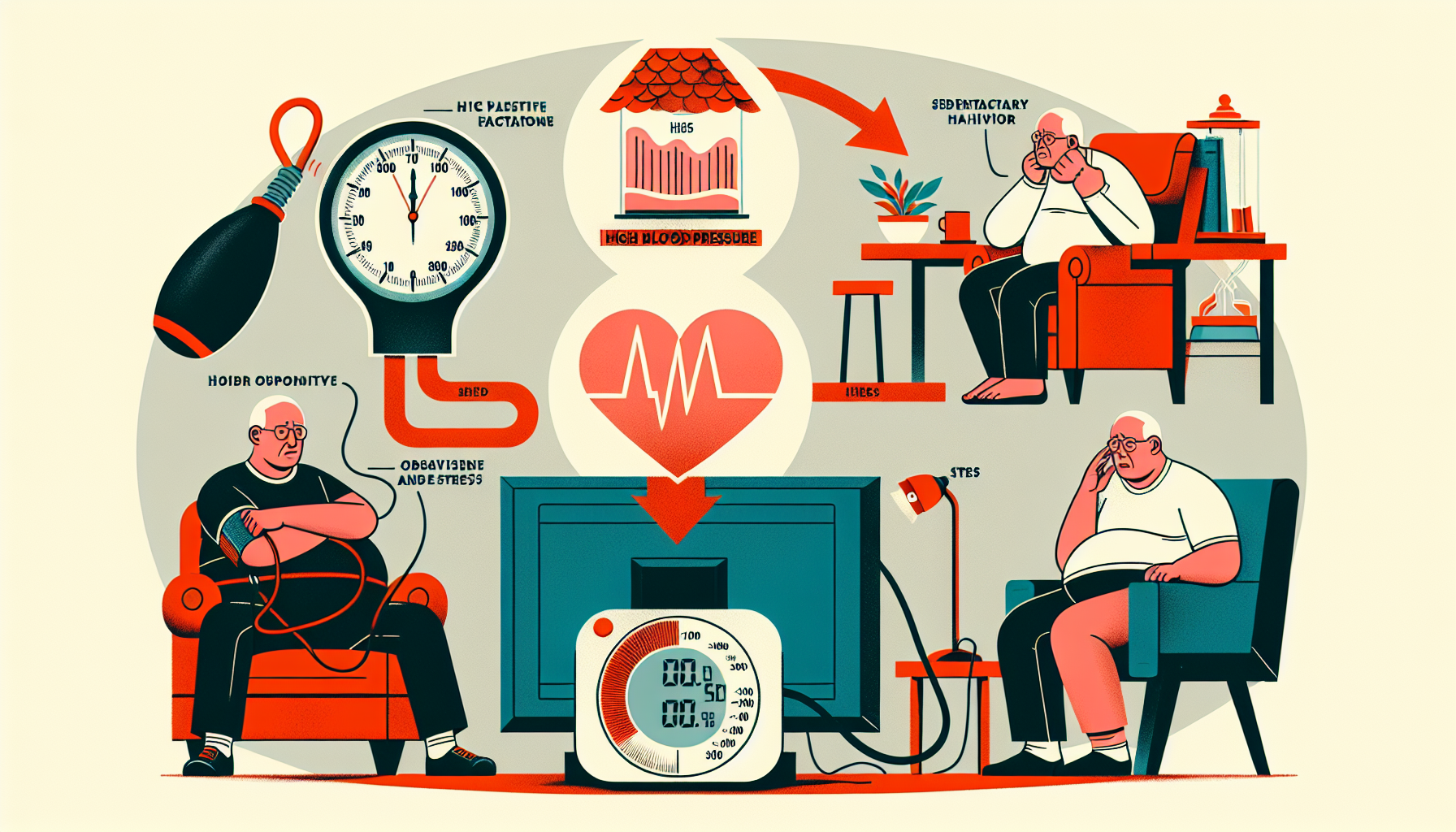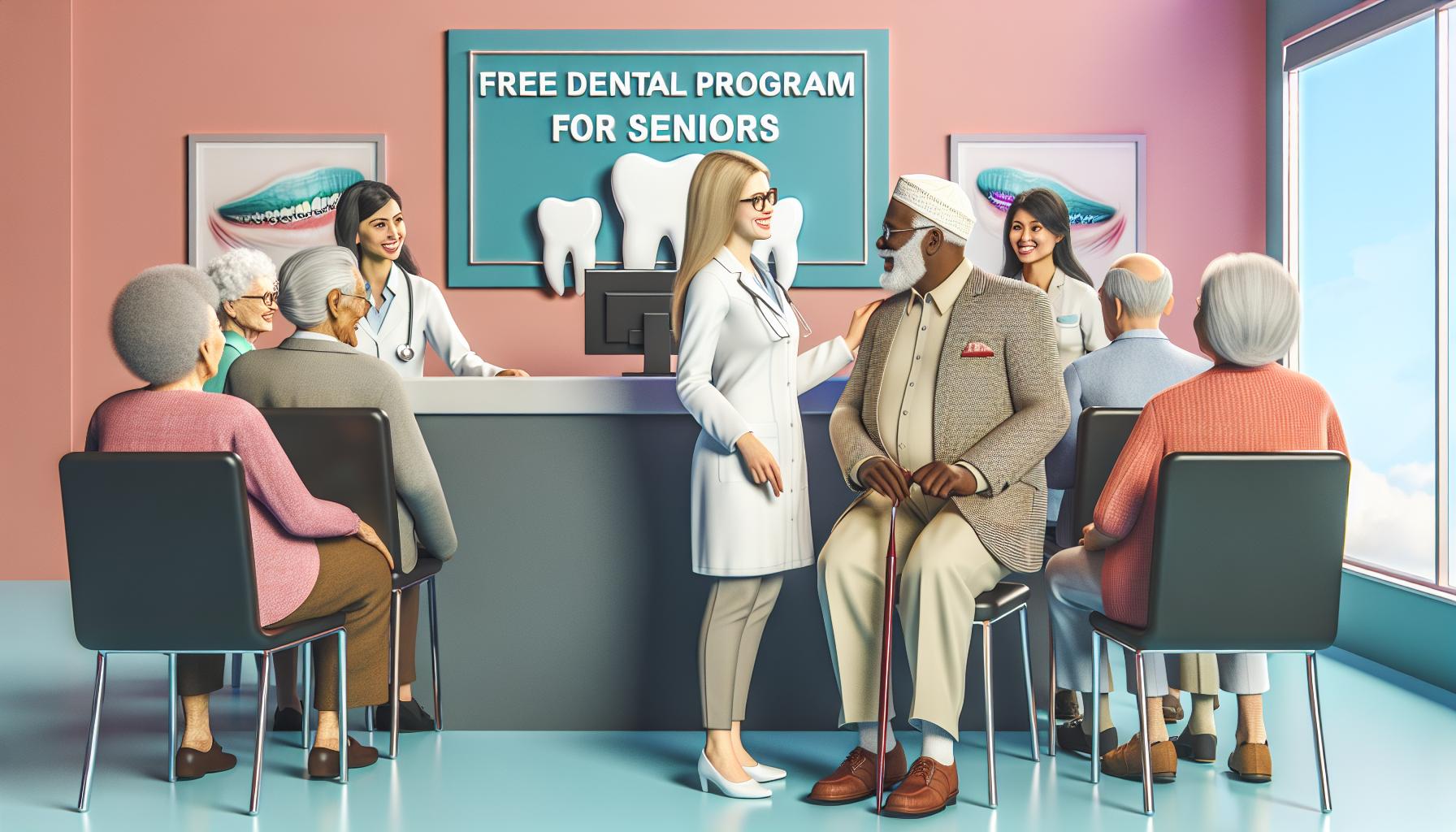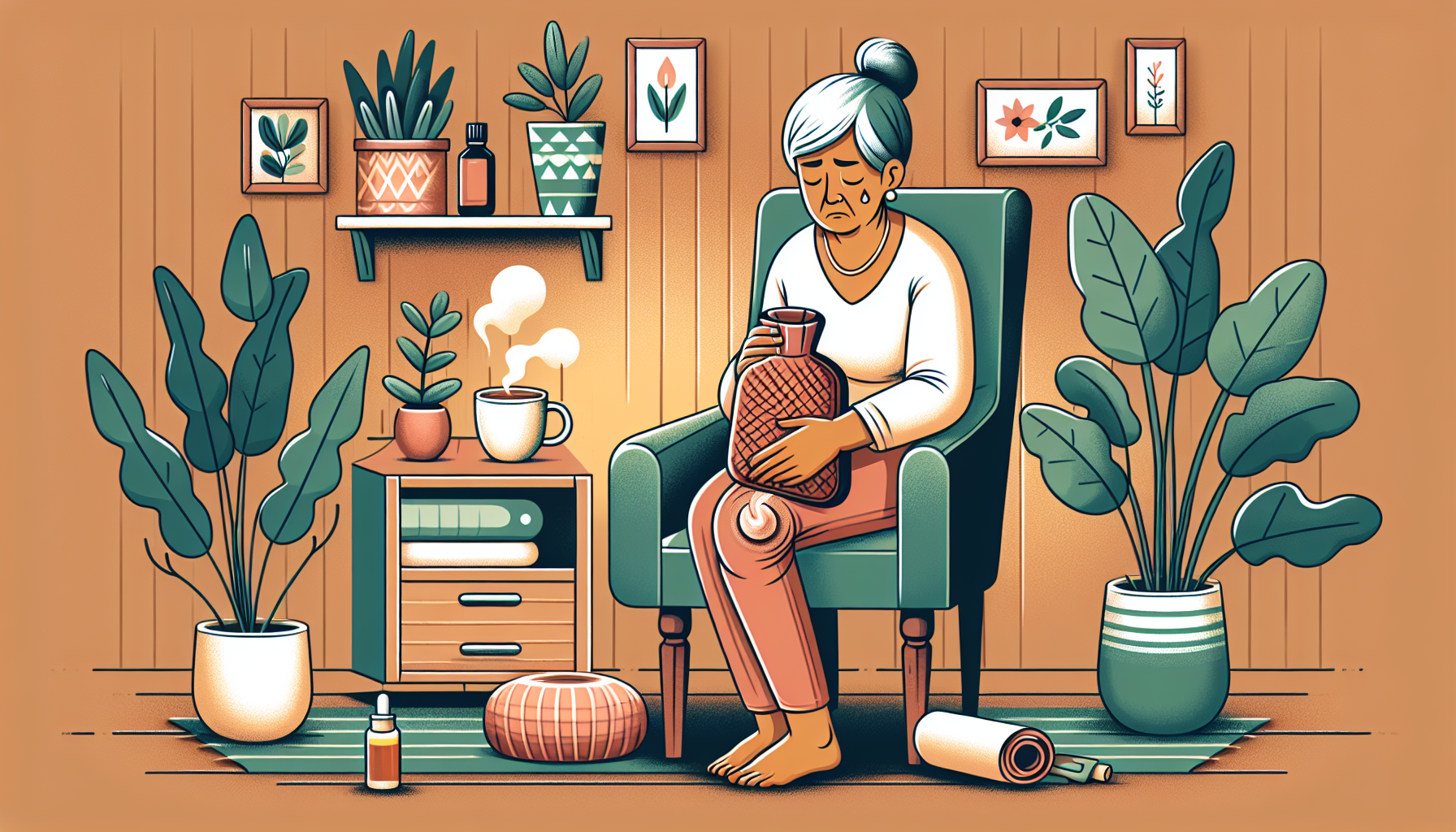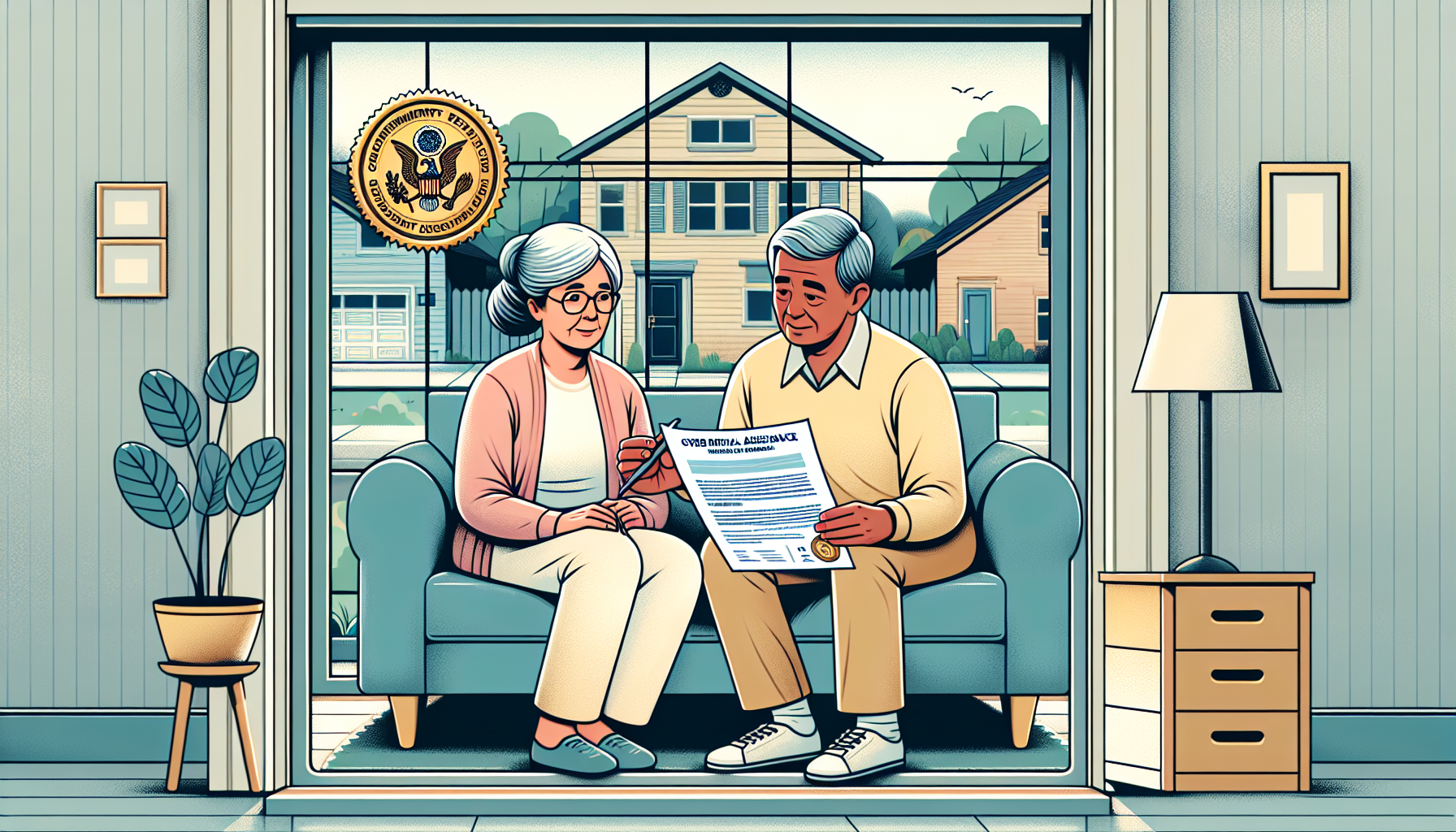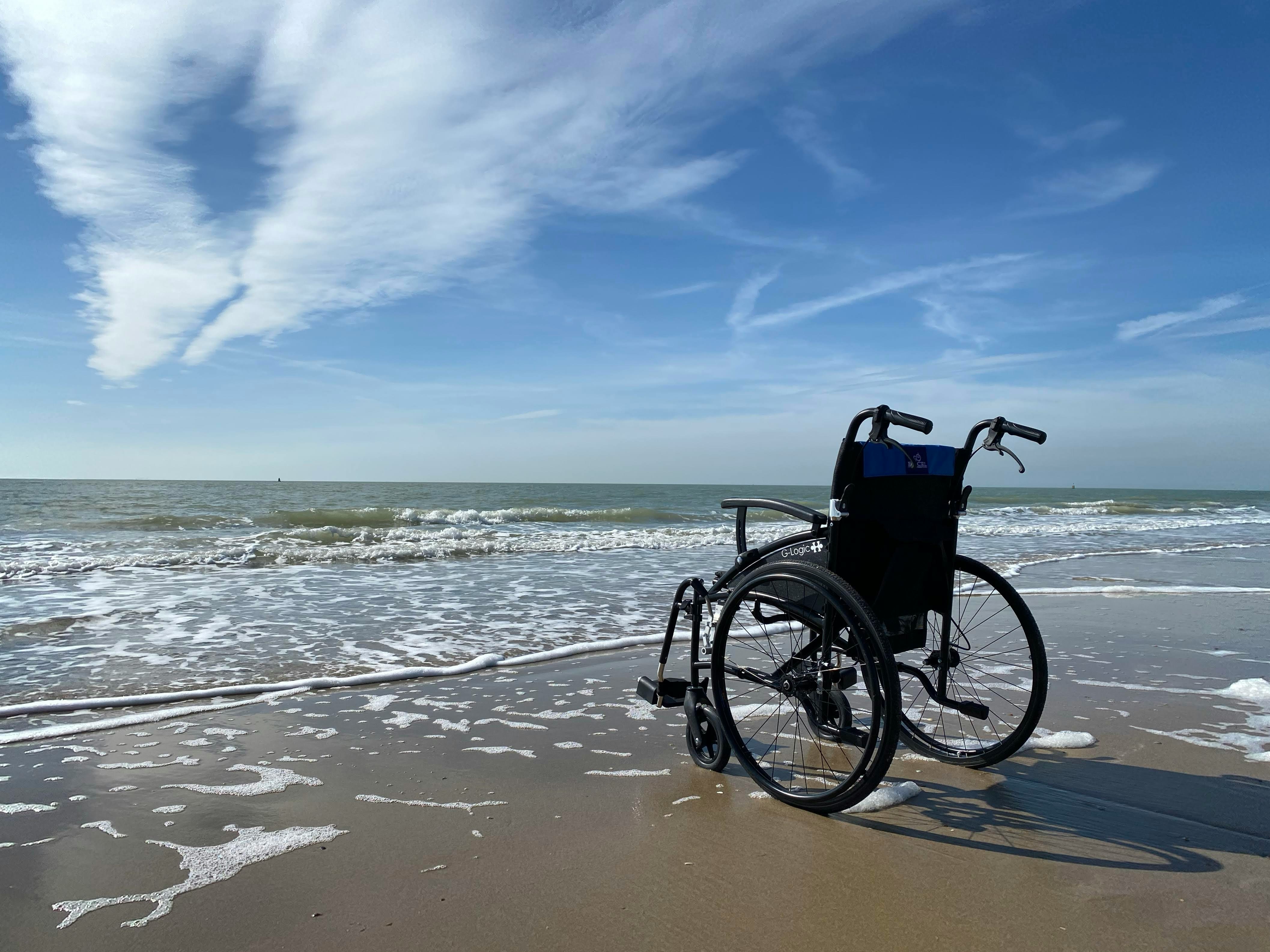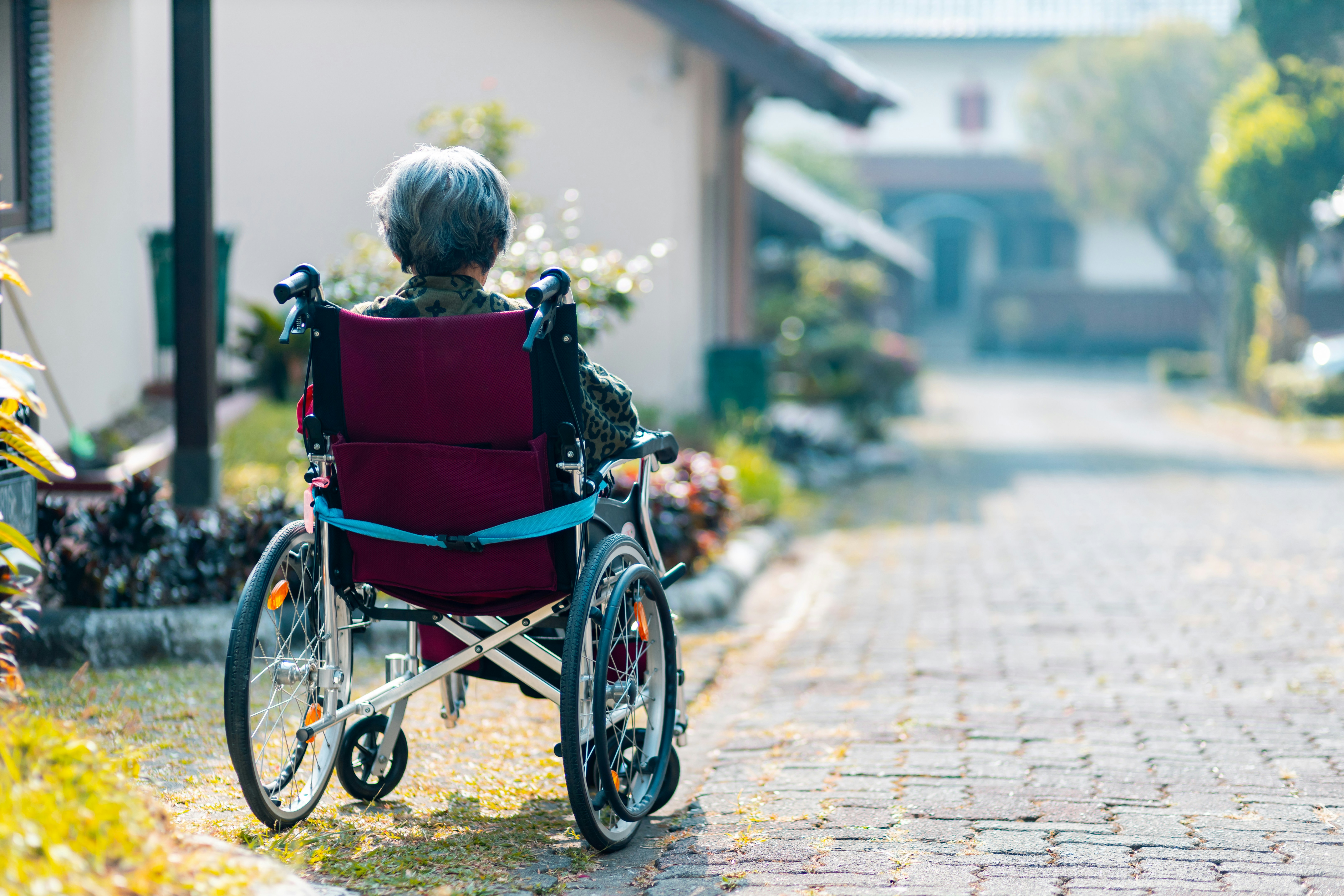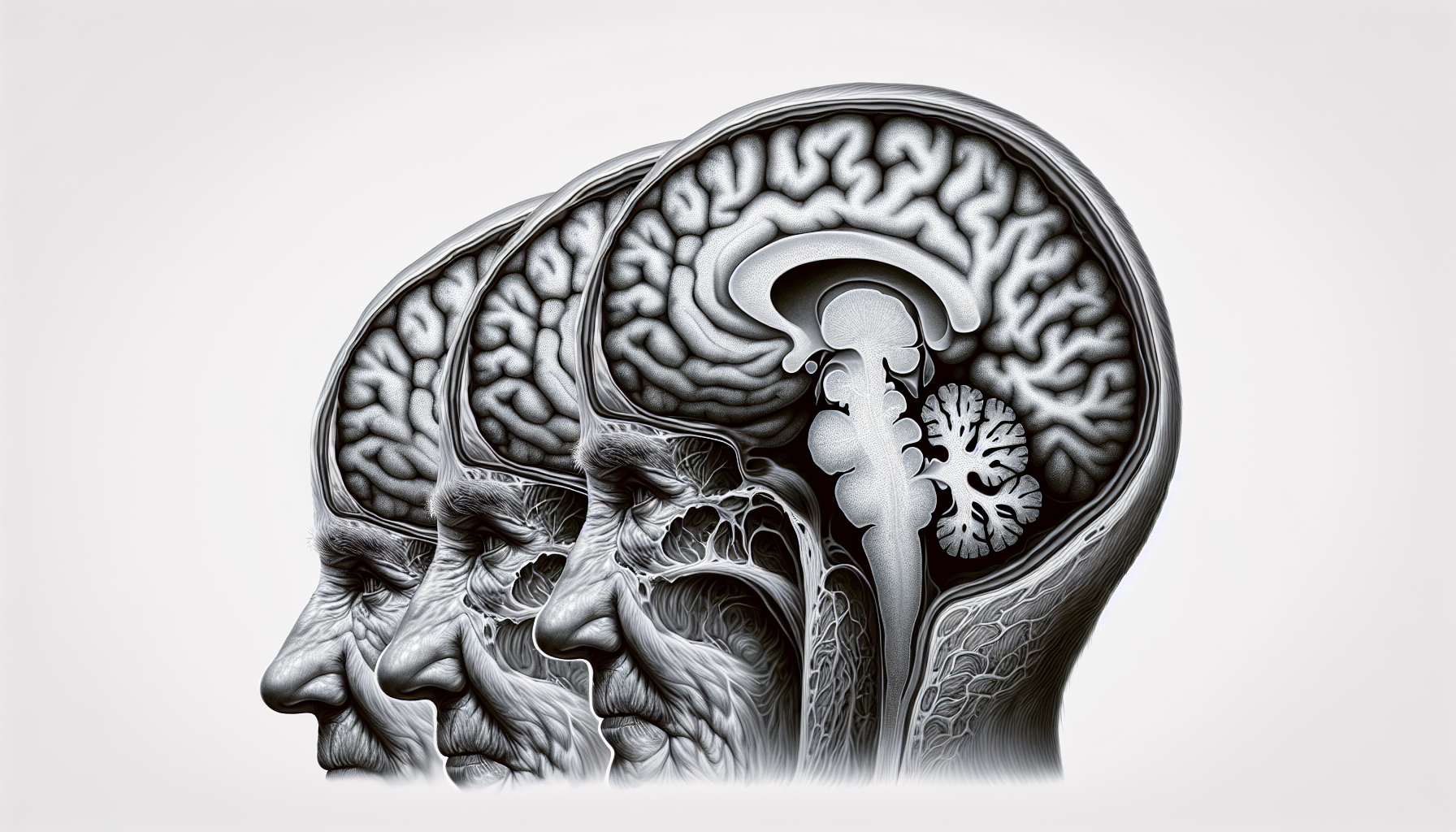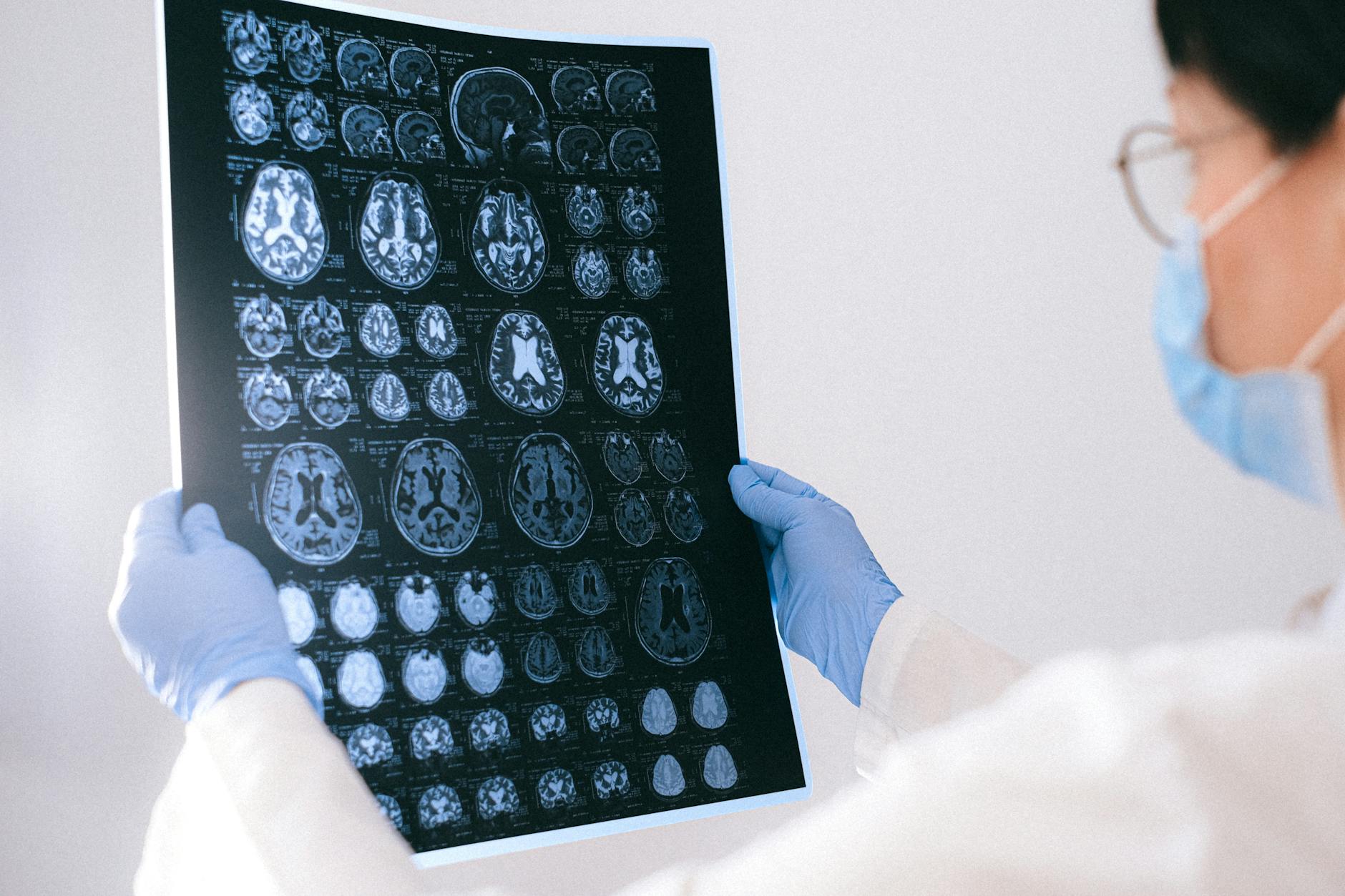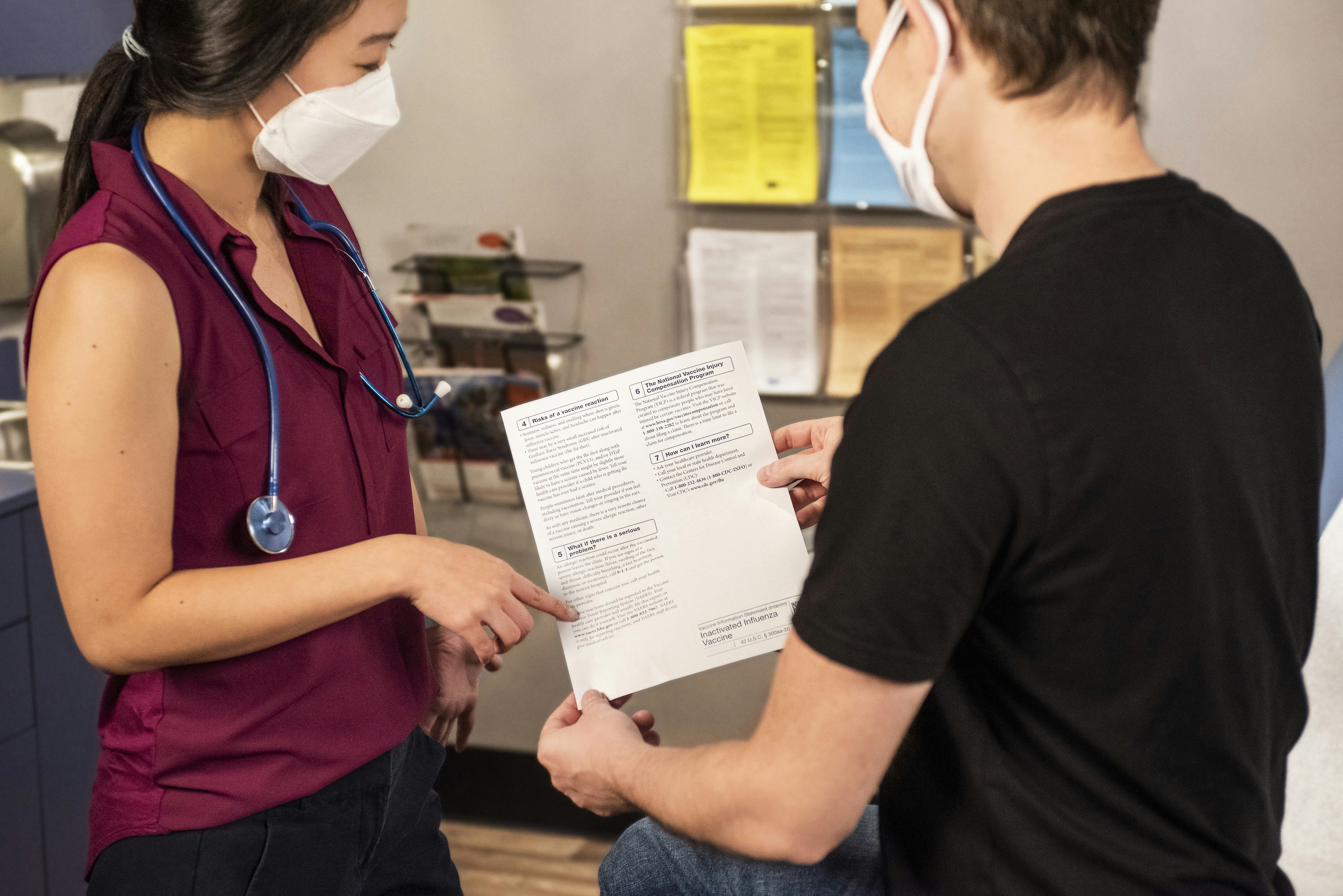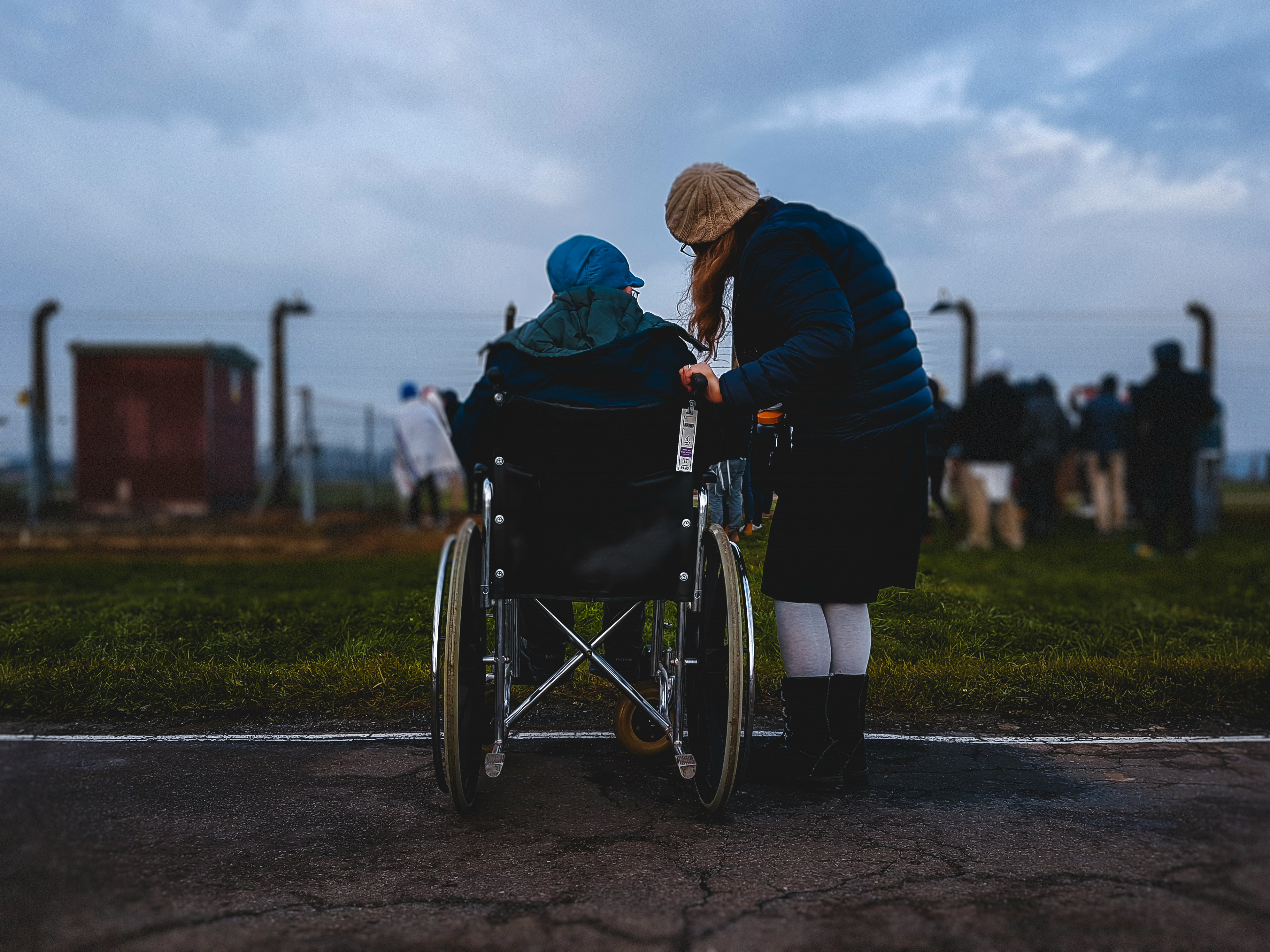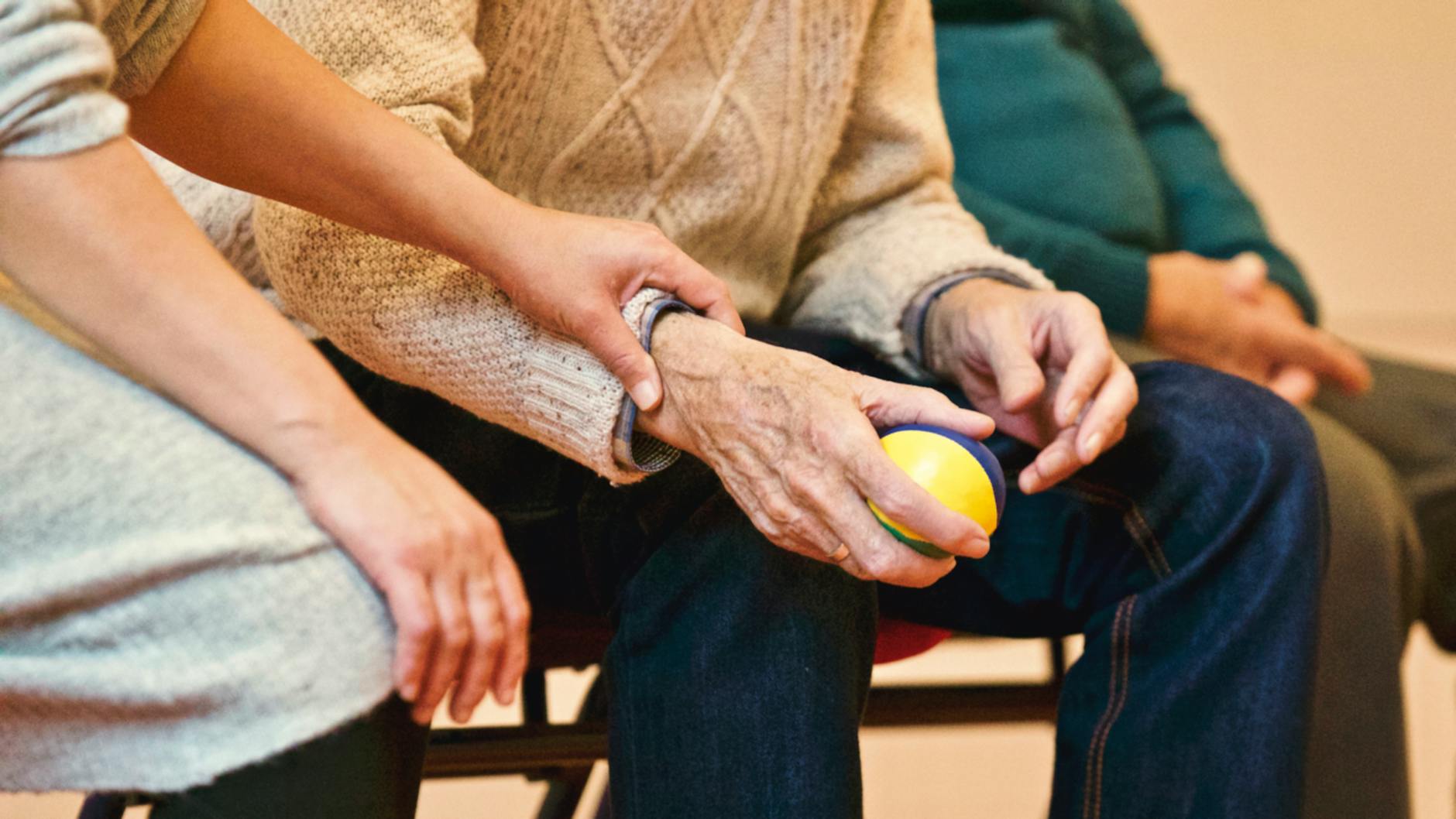What Is Reminiscence Therapy For The Elderly?
Discover the benefits of reminiscence therapy for seniors with memory loss. Improve cognitive function and enhance quality of life.

What Is Reminiscence Therapy
Reminiscence therapy is a therapeutic approach that focuses on the use of memories and past experiences to improve the emotional well-being and cognitive function of older adults. By engaging in meaningful conversations and activities related to their personal history, individuals are able to revisit positive memories, establish connections, and find joy in the present moment.
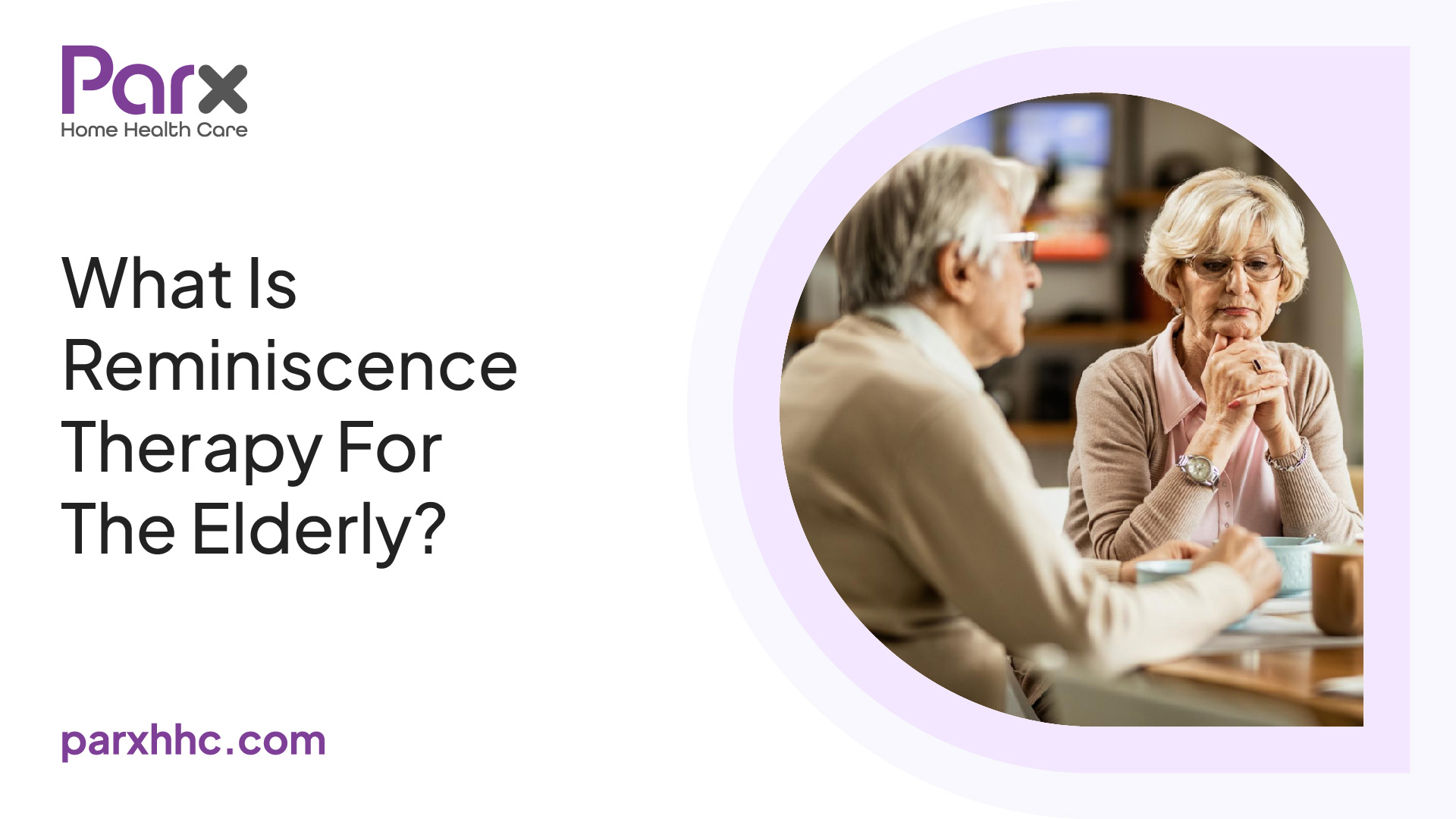
Reminiscence Therapy For The Elderly
Reminiscence therapy is a form of therapy that encourages individuals to reflect on their past experiences and memories. It involves the use of various techniques to facilitate discussions and interactions centered around personal history. By sharing and revisiting memories, individuals can gain a sense of fulfillment, validation, and connection with others.
Reminiscence therapy can take different forms, such as group sessions led by a trained facilitator or one-on-one conversations between a caregiver and an individual. The focus is on creating a safe and supportive environment that encourages open communication and active engagement.
The Purpose and Benefits of Reminiscence Therapy
The purpose of reminiscence therapy is to enhance the well-being and quality of life for older adults. By tapping into their memories and personal experiences, this therapy aims to:
- Promote a sense of identity and self-worth: Reminiscing about past achievements, relationships, and life events can help individuals maintain a positive self-image and boost self-esteem.
- Foster social connections: Sharing stories and experiences with others in group settings can create a sense of belonging and camaraderie. It provides an opportunity for individuals to connect with others who may have similar experiences or can offer support.
- Improve communication and cognitive function: Engaging in conversations about past events stimulates the brain, enhancing cognitive abilities such as memory, attention, and language skills. This can be particularly beneficial for individuals with memory loss or cognitive decline.
- Enhance emotional well-being: Reminiscing about positive memories can evoke feelings of happiness, joy, and contentment. It can also provide a sense of comfort and reassurance, especially for individuals facing challenges or transitions in their lives.
- Reduce feelings of loneliness and isolation: Reminiscence therapy encourages social interaction and emotional connection, which can help combat feelings of loneliness and isolation often experienced by older adults.
The benefits of reminiscence therapy extend beyond the individual participating in the therapy. Family members and caregivers also benefit from gaining insight into the individual's life history and building stronger relationships based on shared experiences.
By understanding what reminiscence therapy is and the purpose it serves, caregivers and families can explore the potential benefits and consider incorporating this approach into the care and support provided to their loved ones.
How Reminiscence Therapy Works?
Reminiscence therapy is a powerful approach that taps into the memories and personal history of individuals, particularly the elderly, to enhance emotional well-being and cognitive function. Understanding the role of memory and the techniques used in reminiscence therapy is key to comprehending how this therapy works.
The Role of Memory and Personal History
Memory plays a central role in reminiscence therapy. Our memories shape our identity and provide a sense of continuity and belonging. For individuals with cognitive impairments or dementia, reminiscence therapy can help evoke positive memories and create a connection to their past. By engaging with personal history, reminiscence therapy aims to stimulate cognitive functions and improve overall well-being.
During reminiscence therapy sessions, caregivers, family members, or therapists encourage individuals to recall specific memories or events from their past. By reminiscing about significant life experiences, relationships, and achievements, participants can strengthen their sense of self and regain a feeling of purpose and fulfillment.
Techniques Used in Reminiscence Therapy
Reminiscence therapy employs various techniques to stimulate memories and engage participants in meaningful conversations. Here are some commonly used techniques:
- Life Review: This technique involves discussing and reflecting on significant life events, both positive and negative. By exploring the past, individuals can gain insights, find closure, and make sense of their life journey.
- Photographs and Memorabilia: Visual aids such as photographs, personal mementos, and familiar objects can trigger memories and serve as conversation starters. Encouraging individuals to share stories associated with these items can evoke emotions and stimulate recollection.
- Music and Songs: Music has a powerful impact on memory recall. Playing songs or music that individuals enjoyed in their youth can transport them back in time, eliciting memories and emotions associated with that period of their life.
- Multi-Sensory Stimulation: Engaging multiple senses can enhance reminiscence therapy. Using scents, textures, or tastes associated with a specific memory can bring it to life and evoke a stronger response.
- Group Discussions: Group reminiscence therapy sessions provide a supportive environment for individuals to share their memories and experiences with others. Group discussions can foster social connections, boost self-esteem, and create a sense of belonging.
By employing these techniques, reminiscence therapy aims to create a safe and nurturing space for individuals to explore their personal history and engage in meaningful conversations. These sessions can lead to improved emotional well-being and enhanced cognitive function in participants.
Creating Moments of Joy
Reminiscence therapy aims to create moments of joy and connection by tapping into the memories and experiences of elderly individuals. By engaging in conversation and using various sensory stimuli, caregivers and families can spark memories and facilitate meaningful interactions. Here are two key approaches to creating these moments of joy through reminiscence therapy:
Sparking Memories through Conversation
Conversation plays a vital role in reminiscence therapy. By engaging in thoughtful and open-ended discussions, caregivers can encourage the elderly to share their stories, experiences, and memories. This process helps individuals reconnect with their past and the emotions associated with those memories.
During conversation-based reminiscence therapy, it is important to create a safe and comfortable environment where individuals feel encouraged to express themselves. Here are some tips for effective conversations:
- Active Listening: Actively listen to the individual, showing genuine interest and empathy. This encourages them to continue sharing their memories.
- Open-Ended Questions: Ask open-ended questions that promote storytelling rather than simple 'yes' or 'no' answers. Examples include "Tell me about your favorite childhood memory" or "What was your most memorable vacation?"
- Visual Aids: Use visual aids such as photographs, albums, or videos to prompt memories and facilitate storytelling. Encourage the individual to describe the people, places, and events captured in the visuals.
- Validation and Encouragement: Validate the individual's experiences and emotions. Encourage them to delve deeper into their memories and provide positive reinforcement for their contributions.
By engaging in conversation and actively listening, caregivers can create a warm and supportive environment for reminiscence therapy. This approach can help elderly individuals feel valued, validated, and connected to their personal history.
Engaging the Senses with Memorabilia
In addition to conversation, sensory stimuli can be powerful triggers for memories. By engaging multiple senses, caregivers can enhance the reminiscence therapy experience and evoke vivid recollections. One effective method is to use memorabilia associated with the individual's past, such as photographs, music, objects, or scents.
- Photographs: Displaying old photographs or creating photo albums with pictures from the individual's life can stimulate memories and prompt conversations about specific events or people. Encourage the person to describe the details and emotions captured in the photos.
- Music: Music has a unique ability to elicit strong emotional responses and trigger memories. Play music from the person's youth or that holds personal significance to them. Singing along or dancing to familiar tunes can further enhance the experience.
- Objects: Introduce objects or keepsakes that hold special meaning for the individual. It could be a treasured item from their childhood, a piece of jewelry, or an object related to a significant life event. Encourage them to touch, hold, and share the stories associated with these objects.
- Scents: Certain scents can evoke powerful memories. Consider using scented items like perfumes, candles, or familiar cooking aromas to stimulate reminiscence. Smelling items from the past can transport individuals back to specific moments and trigger detailed recollections.
By engaging multiple senses, caregivers can create a more immersive and impactful reminiscence therapy experience. These sensory cues help individuals connect with their memories on a deeper level and promote emotional well-being.
Remember, each person's reminiscence therapy journey is unique, and it's important to personalize the approach based on their preferences and needs. The goal is to create an environment that fosters joy, connection, and a sense of identity through meaningful interactions with their personal history.
The Impact of Reminiscence Therapy
Reminiscence therapy holds tremendous potential in positively impacting the lives of elderly individuals. By engaging in reminiscence therapy, seniors can experience improvements in emotional well-being, mood, and cognitive function.
Emotional Well-being and Improved Mood
Reminiscing about past experiences can evoke a range of emotions, from joy and happiness to nostalgia and contentment. Engaging in conversations that revolve around cherished memories and significant life events can bring a sense of fulfillment and happiness to the elderly.
Through reminiscence therapy, individuals have the opportunity to reflect on their life accomplishments, relationships, and moments of significance. This process often cultivates a sense of validation and self-worth, which can lead to increased self-esteem and overall emotional well-being.
Studies have shown that reminiscence therapy can be particularly beneficial for elderly individuals experiencing depression or feelings of loneliness. By reminiscing about positive memories and engaging in meaningful conversations, seniors may experience a reduction in depressive symptoms and an improvement in their overall mood.
Enhancing Cognitive Function
In addition to the emotional benefits, reminiscence therapy has also been found to enhance cognitive function in elderly individuals. The act of recalling past events and engaging in conversations that require memory retrieval exercises the cognitive processes involved in remembering.
By actively stimulating memory recall, reminiscence therapy can improve memory retention and cognitive abilities. This can be particularly beneficial for individuals with memory loss or conditions such as dementia or Alzheimer's disease.
Studies have shown that reminiscence therapy can lead to improvements in cognitive function, including enhanced attention, concentration, and information processing. The process of reminiscing can also stimulate neural connections in the brain, promoting neuroplasticity and potentially slowing down cognitive decline.
It's important to note that the benefits of reminiscence therapy may vary from person to person. Each individual's response to the therapy will be unique, and the outcomes may depend on factors such as the severity of cognitive impairment and the individual's overall health.
By recognizing the impact of reminiscence therapy on emotional well-being and cognitive function, caregivers and families can incorporate this therapeutic approach into the care of their elderly loved ones.
Through reminiscing and storytelling, seniors can find joy in reliving their cherished memories, fostering emotional connections, and preserving their personal histories.
Implementing Reminiscence Therapy
Once you have a good understanding of reminiscence therapy and its benefits, it's important to know how to implement it effectively. By following some tips for effective reminiscence therapy sessions and incorporating it into daily care routines, you can create meaningful moments of joy for the elderly individuals under your care.
Tips for Effective Reminiscence Therapy Sessions
- Create a comfortable and safe environment: Find a quiet and comfortable space where the person feels relaxed and at ease. Minimize distractions and ensure privacy during the session.
- Establish rapport and trust: Build a trusting relationship with the individual through active listening, empathy, and respect. Create an atmosphere of acceptance and non-judgment, allowing them to freely express their thoughts and feelings.
- Use memory prompts: Utilize memory prompts such as photographs, music, familiar objects, or scent triggers to stimulate reminiscence. These prompts can help evoke specific memories and facilitate storytelling.
- Encourage storytelling: Encourage the individual to share their personal stories, experiences, and memories. Prompt open-ended questions to stimulate detailed responses and engage in active conversation. This allows for a deeper exploration of their life journey.
- Be patient and flexible: Reminiscence therapy sessions may vary in length and intensity depending on the individual's mood and energy levels. Be flexible and adaptable to their needs, adjusting the session duration and pace accordingly.
- Document and record memories: Consider recording the sessions with the individual's consent. This allows them to revisit the memories later and provides a valuable resource for future reminiscence therapy sessions.
Incorporating Reminiscence Therapy into Daily Care
In addition to dedicated reminiscence therapy sessions, it's important to incorporate reminiscence-based activities into daily care routines. Here are some suggestions:
- Memory prompts in living spaces: Place meaningful objects, photographs, or artwork in the individual's living spaces to serve as reminders of their personal history. These visual cues can spark memories and encourage reminiscence throughout the day.
- Create memory boxes: Assemble memory boxes or memory books containing items that hold significance for the individual. These can include photographs, letters, trinkets, or items related to their hobbies or past professions. Encourage them to explore these boxes and engage in conversations about the memories associated with each item.
- Integrate reminiscence into daily conversations: Incorporate reminiscing into everyday conversations with the individual. Ask open-ended questions about their past, encourage storytelling, and actively listen to their responses. This can help maintain a sense of connection and provide opportunities for reminiscence.
- Engage in sensory activities: Stimulate the senses through activities like listening to familiar music, smelling fragrances associated with significant memories, or engaging in tactile activities like knitting or crafts. These sensory experiences can trigger memories and promote a sense of well-being.
By implementing reminiscence therapy techniques and integrating reminiscence into daily care routines, you can create a supportive and enriching environment for the elderly individuals in your care. The positive impact on their emotional well-being and cognitive function will be evident as they continue to engage in reminiscing and sharing their life stories.
FAQs
Is reminiscence therapy only for seniors with dementia?
No, reminiscence therapy can be beneficial for any senior who wants to improve their cognitive function or enhance their overall quality of life.
How long does it take to see the benefits of reminiscence therapy?
The benefits of reminiscence therapy can vary depending on the individual and their specific needs. Some seniors may experience improvements after just a few sessions, while others may require more time.
Can family members participate in reminiscence therapy sessions?
Yes, family members can often be included in reminiscence therapy sessions. Including family members can help seniors feel more comfortable and provide additional support during the therapy process.
Are there any risks associated with reminiscence therapy?
Reminiscence therapy is generally considered safe and non-invasive. However, some seniors may experience emotional distress when recalling past memories. It is important for therapists and caregivers to create a safe and supportive environment during therapy sessions.
Can technology be used in reminiscence therapy?
Yes, technology such as photographs, videos, or even virtual reality can be used to facilitate reminiscence therapy sessions. These tools can help seniors recall past memories more vividly and enhance their overall experience.
Summary
Reminiscence therapy is a valuable tool for seniors with memory-related impairments. By recalling past experiences, seniors can improve their cognitive function, reduce depression and anxiety, and enhance their overall quality of life. If you or a loved one are struggling with memory loss or cognitive impairment, consider exploring the benefits of reminiscence therapy.








